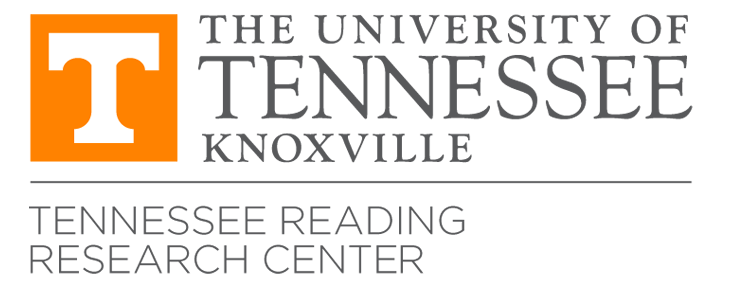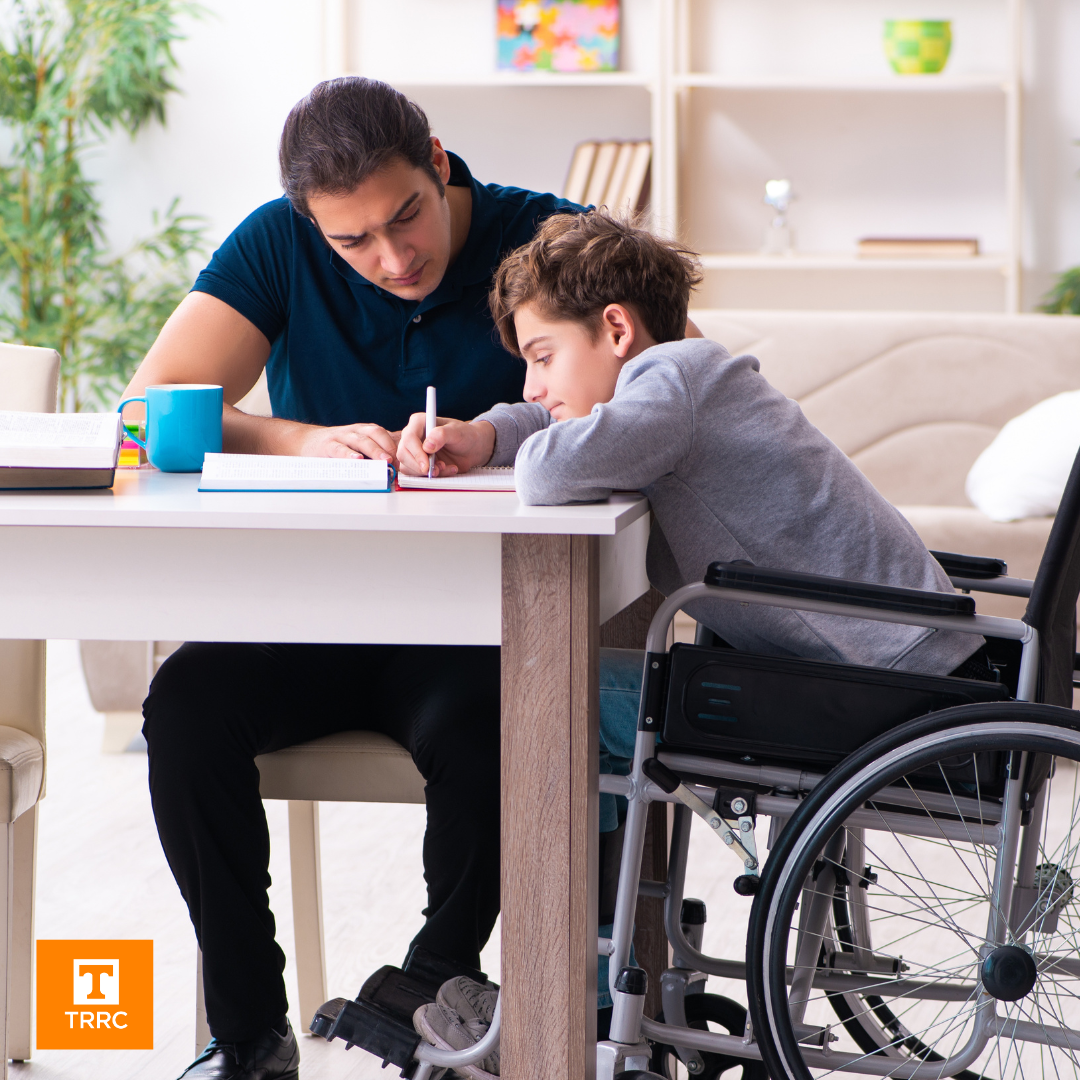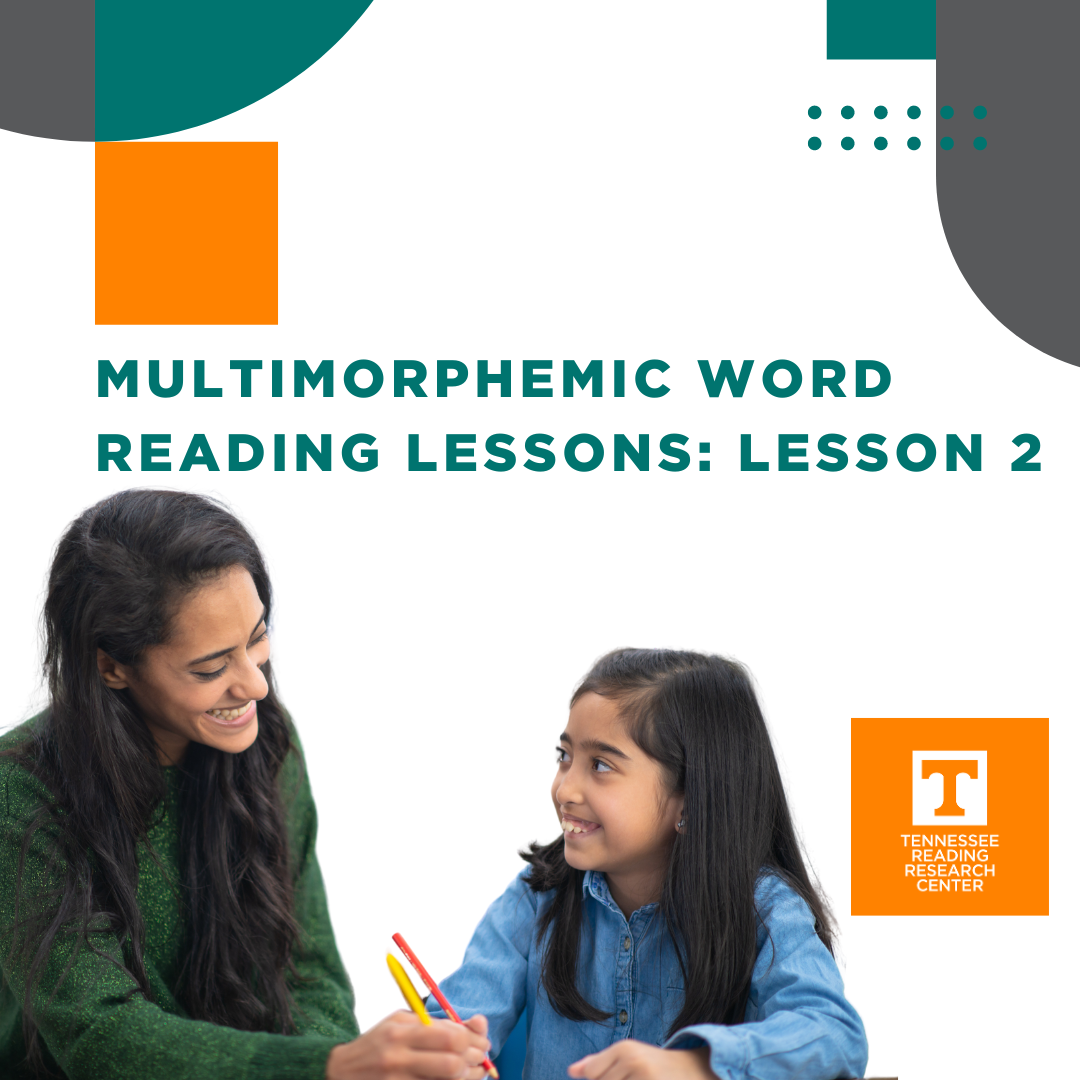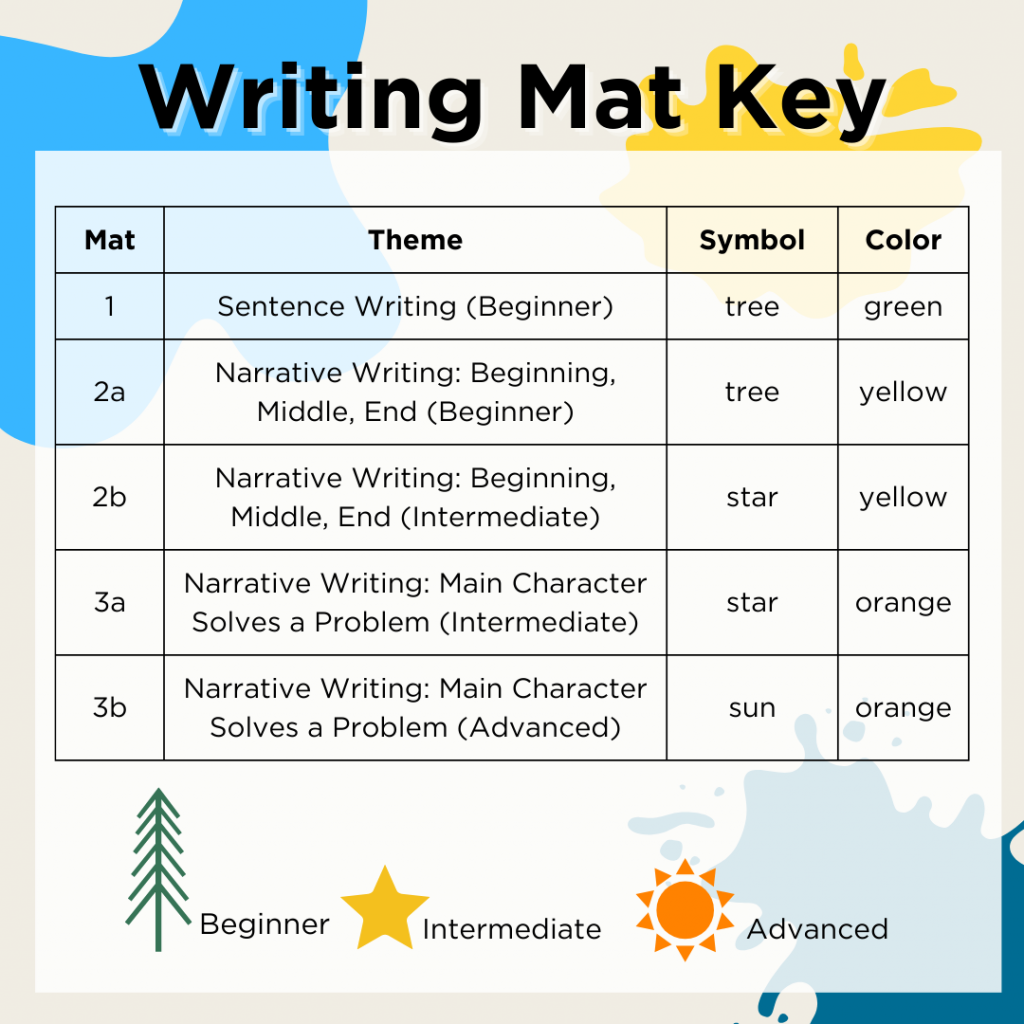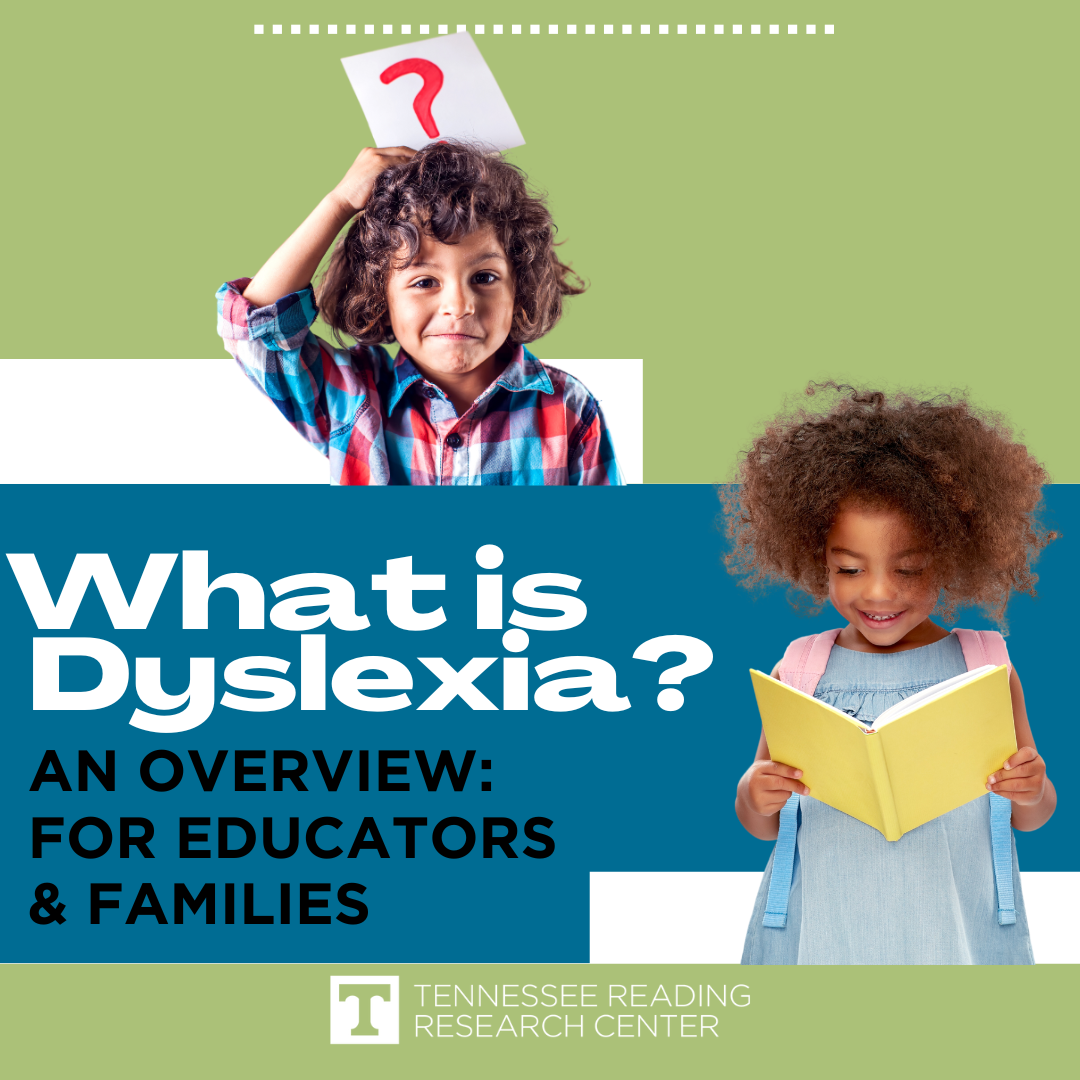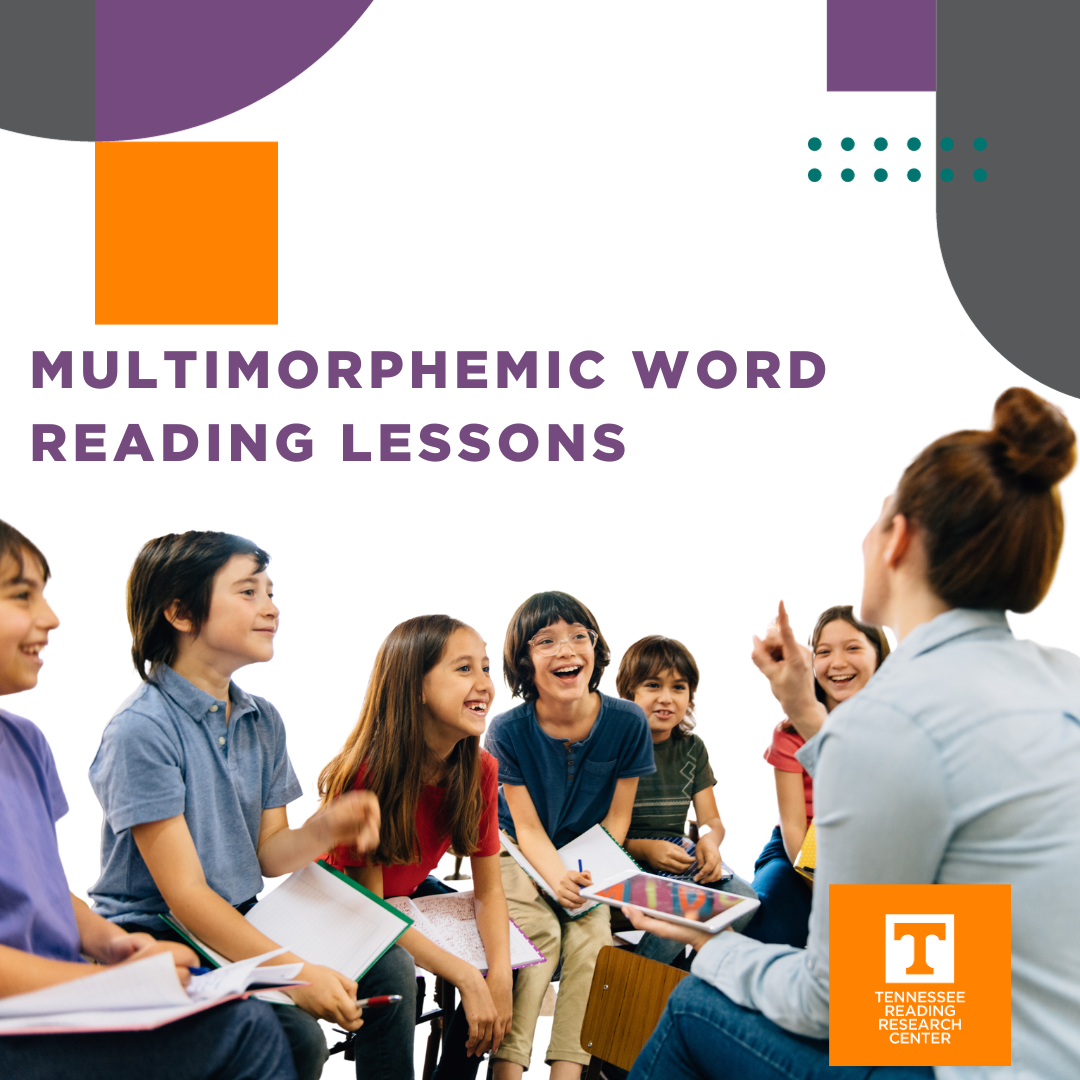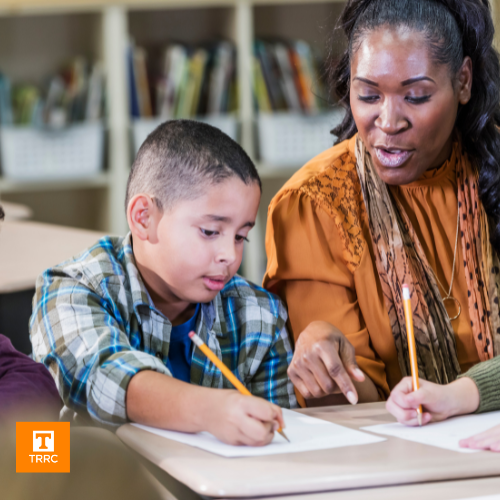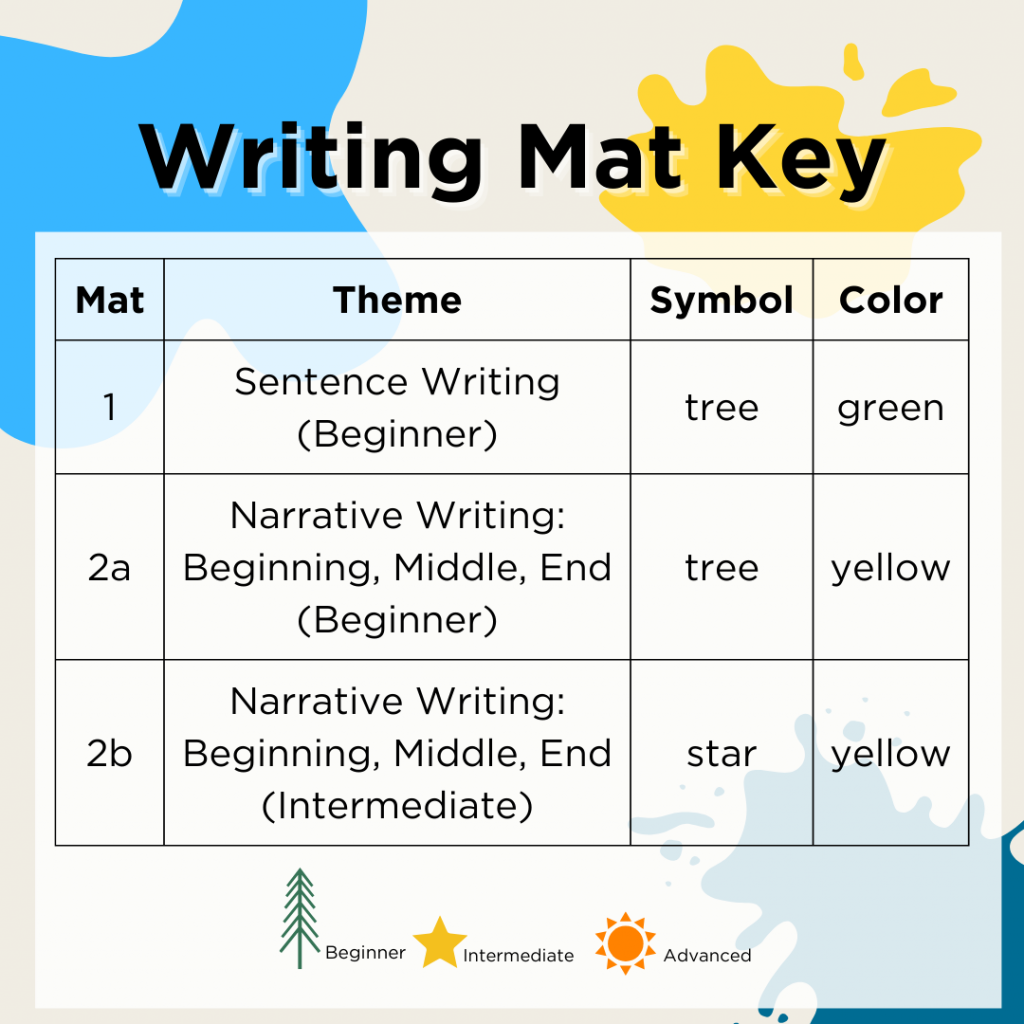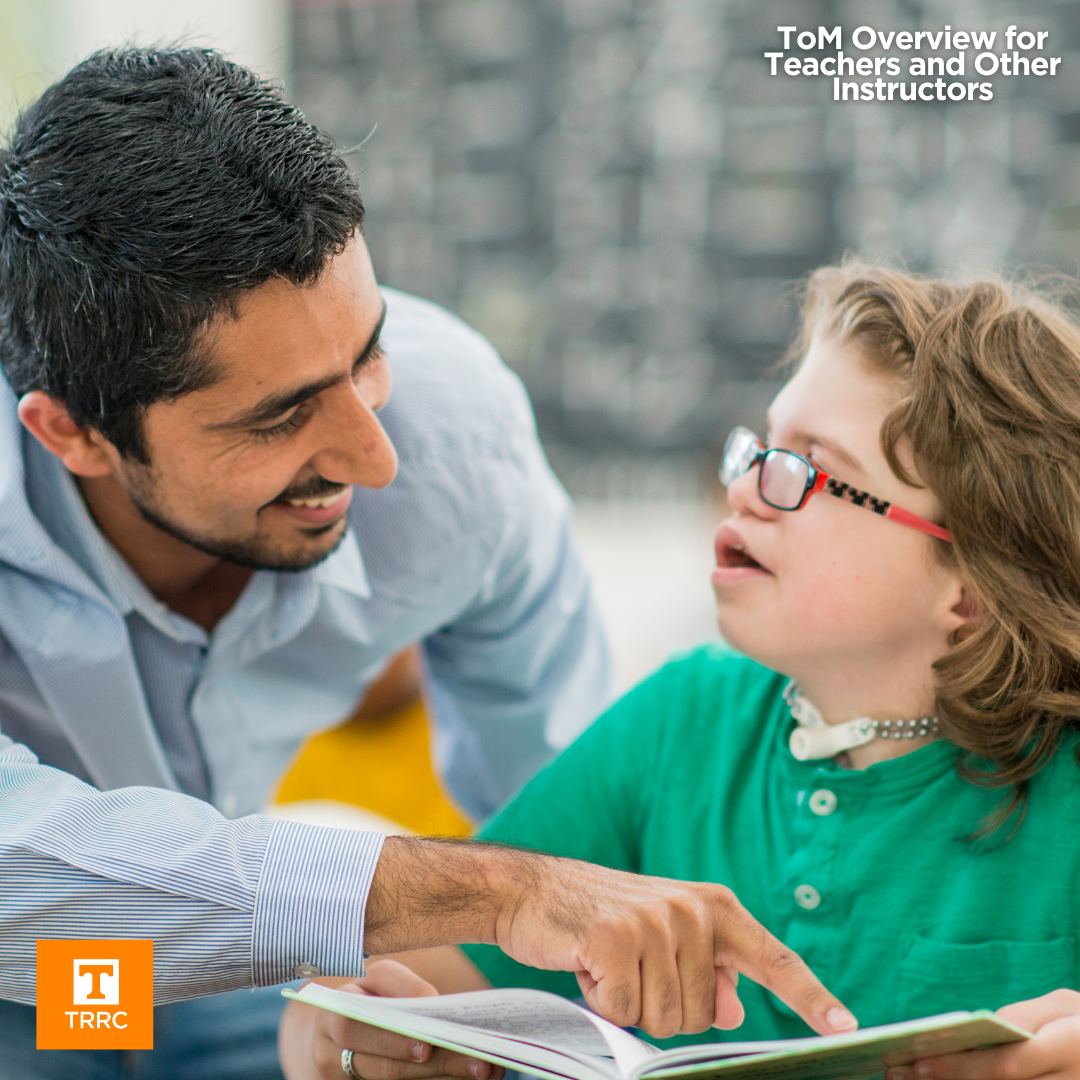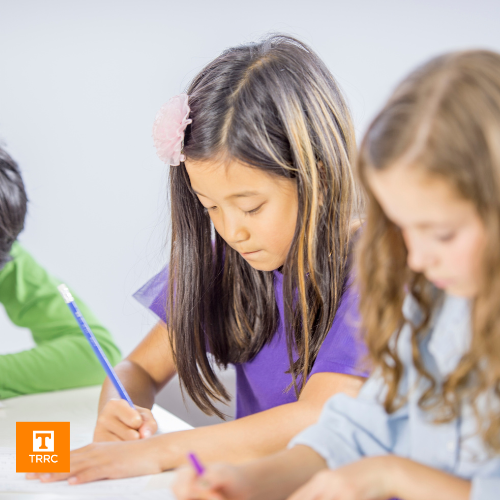Handwriting practice and development can be fun! With this downloadable resource from TRRC Project Collaborator Dr. Pamela Bazis and the accompanying instructional video, you can encourage and support students as they practice their narrative writing.
Mat 4a builds on skills from Mats 1, 2, and 3. With Mat 4a, use a specific structure to write sentences about a sequence of events happening in a specific order. The directions and mat are identified by the star symbol, meaning it is for young writers with intermediate abilities.
Mat 4b builds on skills from Mat 4a. With Mat 4b, use a specific structure to combine multiple sentences that explain a sequence of events happening in a specific order. The directions and mat are identified by the sun symbol, meaning it is for young writers with more advanced ability.

Use the key on the left to navigate through each Writing Mat released.
Access Mat 1 (Beginner): Sentence Writing Mat
Access Mat 2a (Beginner) & 2b (Intermediate): Narrative Writing (Beginning, Middle, End)
Access Mat 3a (Beginner) & 3b (Intermediate): Narrative Writing (Solving a Problem)
